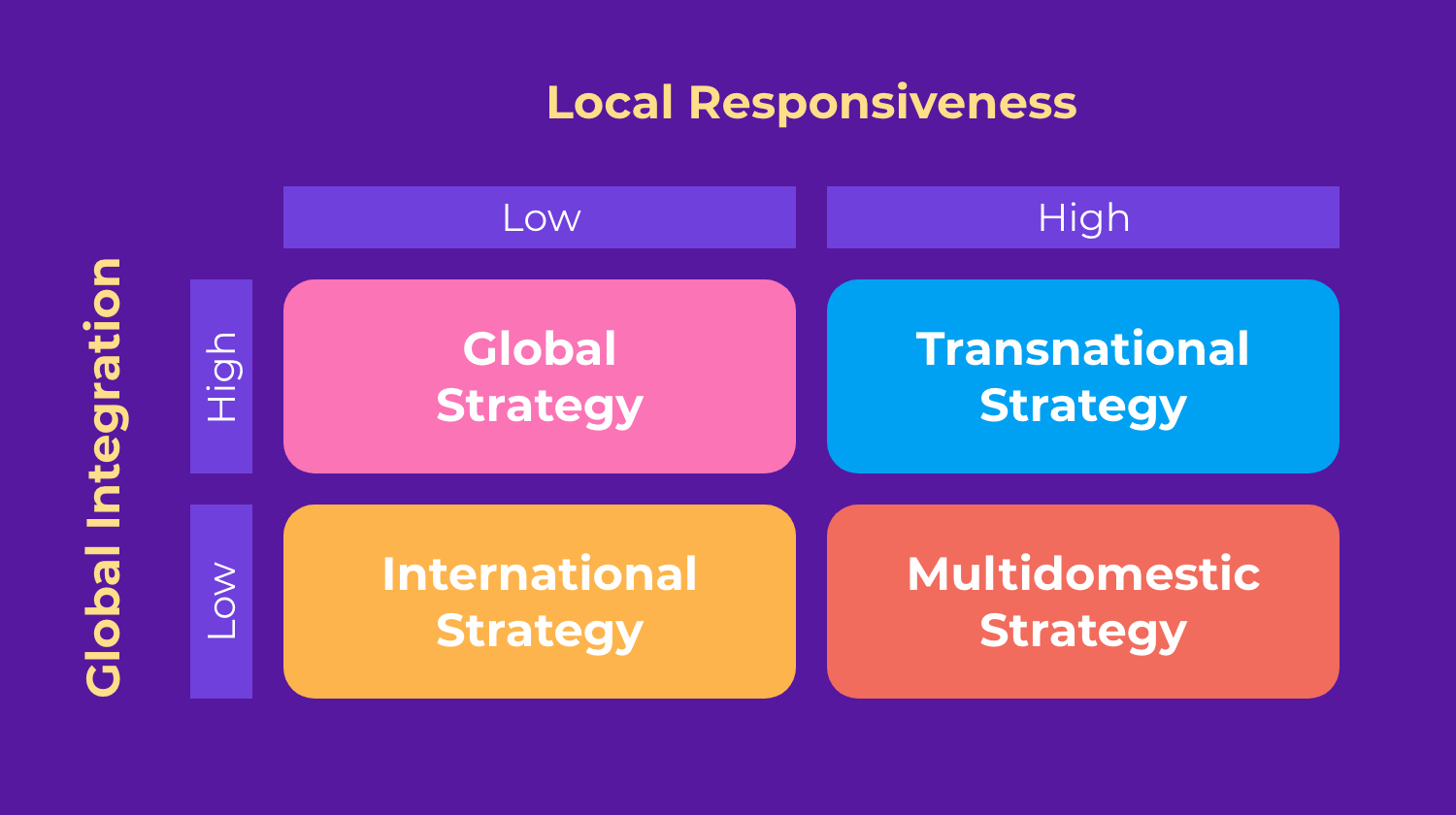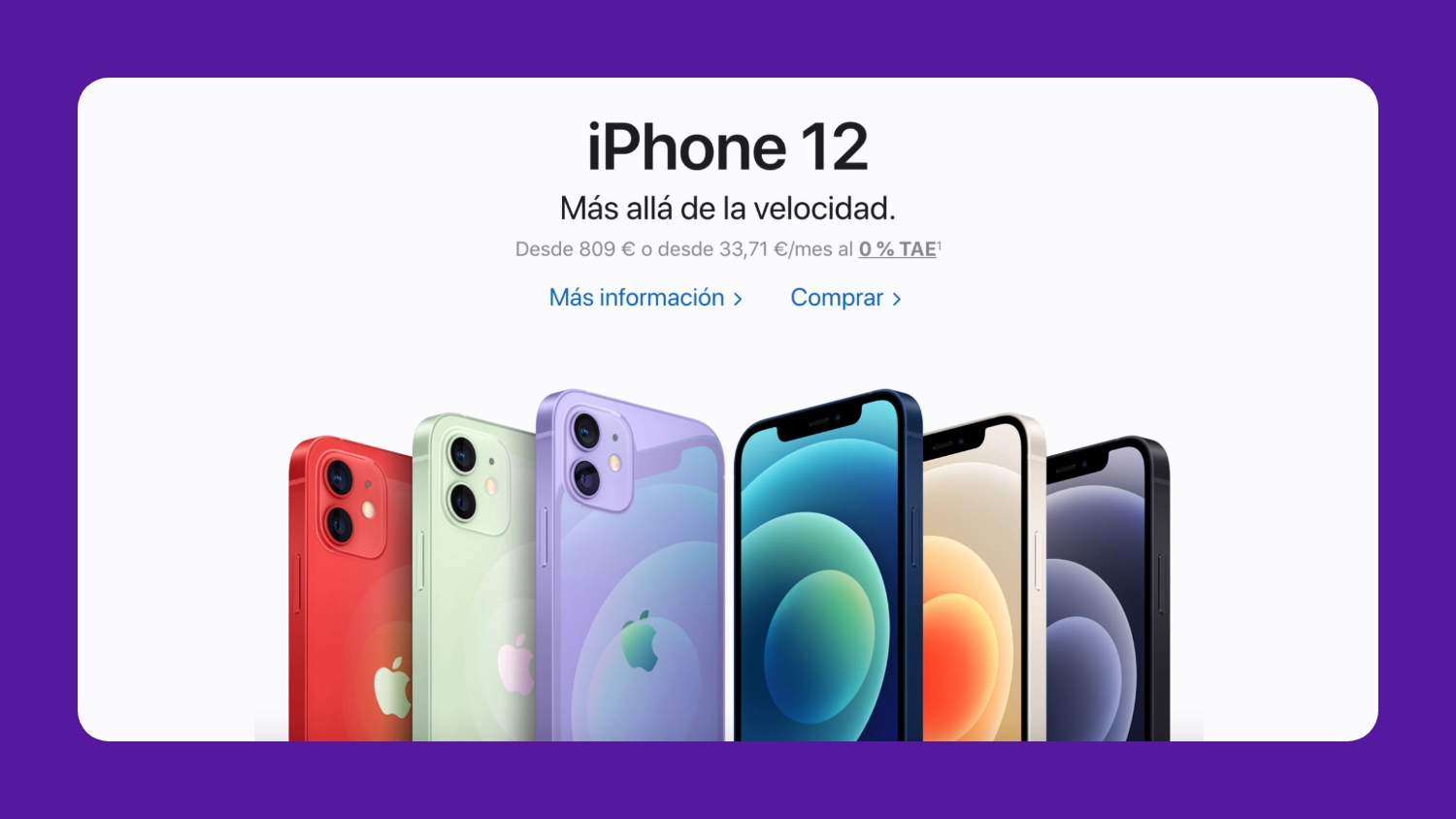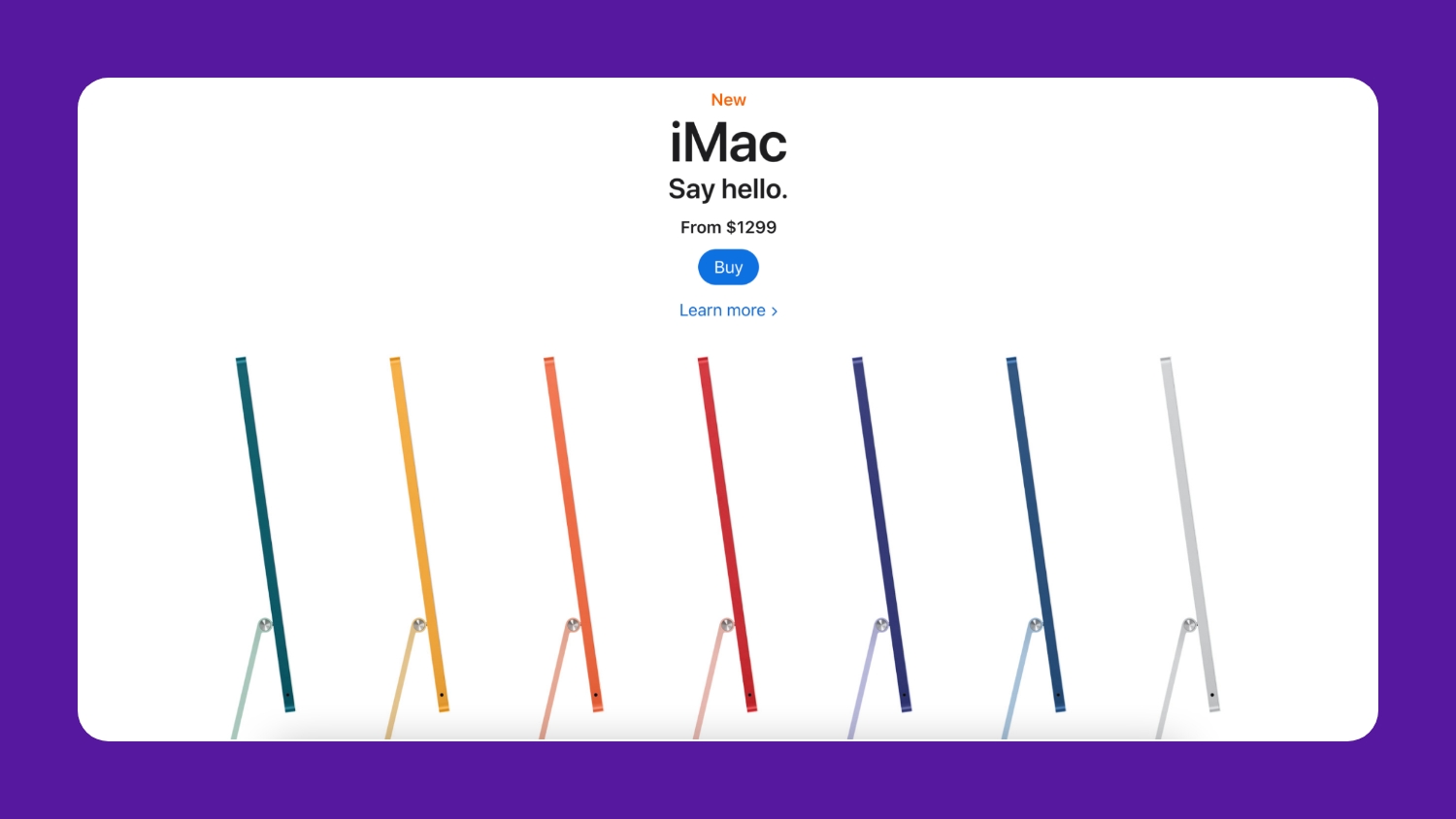No matter where in the world you live, you’ve probably experienced or heard of some of the top global brands like Apple or Amazon. Whether you’re interacting with these companies in Canada or Cambodia, your experience is more similar than it is different in terms of products, website, mobile app, and look and feel.
That’s because these companies employ a global strategy as their model for international expansion — one that prioritizes standardization across different markets.
For many companies, a global strategy is the endgame. It means you’ve “made it” because you don’t have to worry about the whims of specific market pressures or competition — you’ve grown to the point where that doesn’t matter. Here’s what a global strategy looks like in practice.
What is a global strategy?
With a global strategy, the world is your market.
Rather than approaching each country as its own market with different tastes and preferences, companies employing globalization standardize as many elements as possible, including colors, messaging, and operational models. As a result, the top global brands are instantly recognized in any country.
Take Apple, for example. They’re one of the most successful examples of a global strategy. Think about the iPhone — you may be reading this on one right now! The keyboard may be slightly different to accommodate a different language (depending on accents and alphabetical characters), but otherwise, the layout, functionality, colors, and buttons are the same no matter where you purchase in the world.
Choosing a global business strategy gives you several advantages:
- A global, standardized brand that is immediately recognizable
- Economies of scale deliver a more efficient process and operations
- One product line with minimal changes makes it easier to streamline operations and scale faster
- Competitive advantage across a global market
However, there are some trade-offs companies make by pursuing such high global integration:
- Gambling on the brand equity and international appeal
- Requires global footprint and recognition to be successful
- Competing with local brands that already have established market share
- Consumers demand transparency in supply chain and global operations
- Localization and translation (don’t worry, we can help with that!)
Of all the strategic models available, a global strategy has the highest global integration and the lowest local responsiveness. This means the focus is operating with the most standardization possible and optimizing supply chain management, so there’s one brand, one suite of products, and one message from a central headquarters. There may be local offices or manufacturing sites in foreign markets, but everything rolls up to a corporate hierarchy in the domestic market that determines everything down to the size and shape of the smallest button.

But a global strategy isn’t the only answer to international expansion. In fact, it’s not the best model for everyone at every stage of growth. Most brands employing a global strategy standardize their business slowly over time after moving through one or more of these business models below:
- International strategy: Usually the first type of international expansion a business undergoes, this strategy focuses on imports and exports, keeping most of their operations in their home country. Think about luxury goods like wine, caviar, or cheese as an example of this kind of business strategy — where the region of origin is a significant part of the product’s appeal in the first place.
- Multi-domestic strategy: Multi-domestic businesses take a local-first approach for every decision and use entirely different sales, marketing, and product strategies based on the specific companies they’re operating in, creating country-specific brands in a portfolio. Many food and wellness brands like Johnson & Johnson, Frito-Lay, and Nestle use this strategy.
- Transnational strategy: Transnational businesses coordinate local subsidiaries in international markets with one central or head office in their local market. This model is the most similar to a global strategy in that there is one overarching brand and decision-making body for strategic management but it takes a local-first approach with specific marketing, localization, and product campaigns. Companies like McDonald’s and Coca-Cola are experts at this strategy.
5 global strategy examples from top companies
A successful global strategy model focuses all of its energy on global integration, delivering one overarching brand that looks, feels, and operates cohesively regardless of the market. While not every global company is the same, many of the most successful sell products and services that have universal appeal or are easily customizable to individual users, rather than the market, like software.
Take five of the most successful multinational companies (MNC) in the world:
1. Amazon
One of the largest companies in the world, Amazon operates in 58 countries and reaches more than a billion people online every day. The leading e-commerce company in every country except China (where Alibaba is #1), you can see Amazon’s ever-present “smile” on trucks and packages — and enjoy same-day shipping — pretty much everywhere.
2. Spotify
Spotify uses a hyper-personalized approach to individual users based on their music preferences and tastes rather than across markets. While some music may not be available in every country due to licensing and legal issues, you can generally browse over 1,000 different genres from more than 1.2 million artists around the globe.
3. Disney
It’s a small world, after all. Whether you’re visiting parks in Shanghai or California, you’ll be able to experience the same magic. Disney’s team works to make sure it’s as globally inclusive as possible for movies, merchandise, and television shows, with only minor changes if needed based on audience feedback (say, for the title of a film).
4. IKEA
IKEA uses subtle tweaks based on the target market, like specific measurements, adjusting for plug types or electricity needs, and dimensions. But overall, IKEA furniture is the same Swedish engineering for small spaces that require customers to put it together themselves — and you’ll still be able to browse their large blue-and-white warehouses in every country they operate.
5. Apple
Since releasing the original Mac in 1984, Apple rose to dominance for its sleek lines, clean interface, and easy-to-use software. Globally, Apple’s technology is the same (with a few minor changes) wherever you go. Considered one of the biggest global brands today, Apple operates in over 175 countries worldwide with more than 100,000 employees.
Why you still need localization, even with a global strategy
Even though a global strategy is the least concerned with local responsiveness, that doesn’t leave you off the hook for localization. Even some of the most successful international brands still use localization and translation services.
While they may not change their product specifications, invest in market-specific imagery, or operate with local company managers or offices, global brands still provide information in multiple languages. Continuing with the Apple example, here’s a quick snapshot of their homepage, advertising the iPhone 12:


You can see from these screenshots from Apple’s home page in the United States (top) and Spain (bottom) that prices look a little different across the markets, but the message and imagery are the same.
There may be subtle differences that a global brand uses per market based on legal requirements or payment processes. Still, overall, even with Apple’s flagship product, the iPhone, their website looks and feels the same, just in a different language. You can also see that with their product pages:


| English | Translation |
|---|---|
| Blast past fast. | Más allá de la velocidad. (This loosely translates to “Beyond speed,” which is a very similar sentiment to the English copy.) |
| New iMac. Say hello. | Nouveau iMac. Dites bonjour à la couleur. (This is slightly different, but the overall messaging is very similar, almost a direct translation. The French version says, “New iMac. Say hello to color,” rather than just “Say hello,” which likely references that color has only been available recently in France. At the same time, it’s been released for several months in the United States.) |
Everywhere you purchase, the colors, specifications, and information is the same. While Apple does offer different plug styles to accommodate electrical needs worldwide, an iMac is an iMac no matter where you go — including the product messaging.
Build a global strategy with Smartling
While localization and translation may seem like the most daunting aspects of a global strategy, they don’t have to be. Smartling offers a world-class translation software solution and top-notch language services.
That way, you can professionally translate and localize all of your content across devices and platforms without sending a single email, touching any button, or managing strings in spreadsheets no matter how many markets you choose to enter. See what Smartling can do for you.








